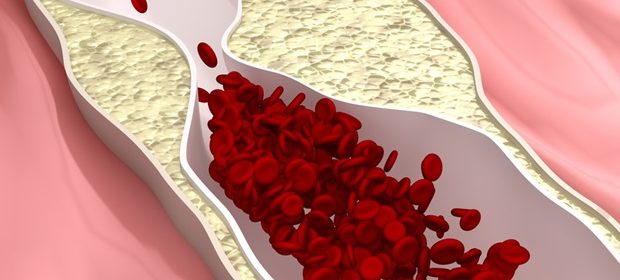Carotid Artery Stenosis Treatment

Carotid artery stenosis refers to a narrowing of the arteries that carry blood to the brain from the heart. Also called carotid artery disease, the condition reduces the supply of blood to the brain, which is a major risk factor for stroke or a transient ischemic attack (TIA or mini-stroke).
The lumen of the carotid artery narrows in a condition called atherosclerosis which refers to the build up of fatty deposits or plaques on the inside of the arteries. These plaques can harden and thicken the arterial wall which loses the usual elastic recoil that occurs as blood pulses through it.
Depending on the severity of symptoms, the treatment approaches to carotid artery stenosis range from lifestyle modification through to surgery.
Lifestyle changes
Smokers are at a higher risk of atherosclerosis. Current smokers need to quit in order to reduce their risk of developing or worsening carotid artery stenosis.
A healthy and balanced diet should be maintained. The diet should be low in fat and salt to minimize the risk of raised blood pressure or cholesterol levels. Diabetics should also follow a diet that is designed to keep their blood sugar under control.
High blood pressure raises the risk of carotid artery stenosis but often does not present with symptoms. Individuals should have their blood pressure checked regularly and start treatment early if it needs to be reduced.
Regular physical exercise should be carried out to maintain a healthy body weight.
Medications
Several medications are prescribed in the treatment of carotid artery stenosis, although none of these provide a cure for the condition.
Anticoagulant medications or blood thinners such as warfarin are used to prevent the formation of a clot. Anti-platelet medications such as aspirin and clopidogrel are also used to prevent stroke.
Cholesterol-lowering medications such as atorvastatin, rosuvastatin and simvastatin are used to control blood cholesterol levels. Drugs in the fibrate family gemofibrosil and fenofibrate may also be prescribed.
Angiotensin-converting enzyme inhibitors such as enalapril, captopril, and lisinopril help to relax the blood vessels, easing the vascular blood flow and decreasing blood pressure.
Surgical procedures
In more severe cases, surgery may be required to open the artery and remove the plaque. Another surgical procedure is carotid angioplasty and stent insertion. For this surgery, a small balloon is inserted into the artery and inflated to widen the narrowing and a mesh stent inserted to keep the artery open for proper blood flow.
Sources
- www.sherifsultan.ie/…/carotid_artery_disease_patient_leaflet.pdf
- http://www.fmshk.org/database/articles/mb07drwongdrsun.pdf
- http://www.mayfieldclinic.com/PDF/PE-CarotidStenosis.pdf
Further Reading
- All Carotid Artery Stenosis Content
- What is Carotid Artery Stenosis?
- Carotid Artery Stenosis Diagnosis
Last Updated: Feb 26, 2019

Written by
Dr. Ananya Mandal
Dr. Ananya Mandal is a doctor by profession, lecturer by vocation and a medical writer by passion. She specialized in Clinical Pharmacology after her bachelor's (MBBS). For her, health communication is not just writing complicated reviews for professionals but making medical knowledge understandable and available to the general public as well.
Source: Read Full Article